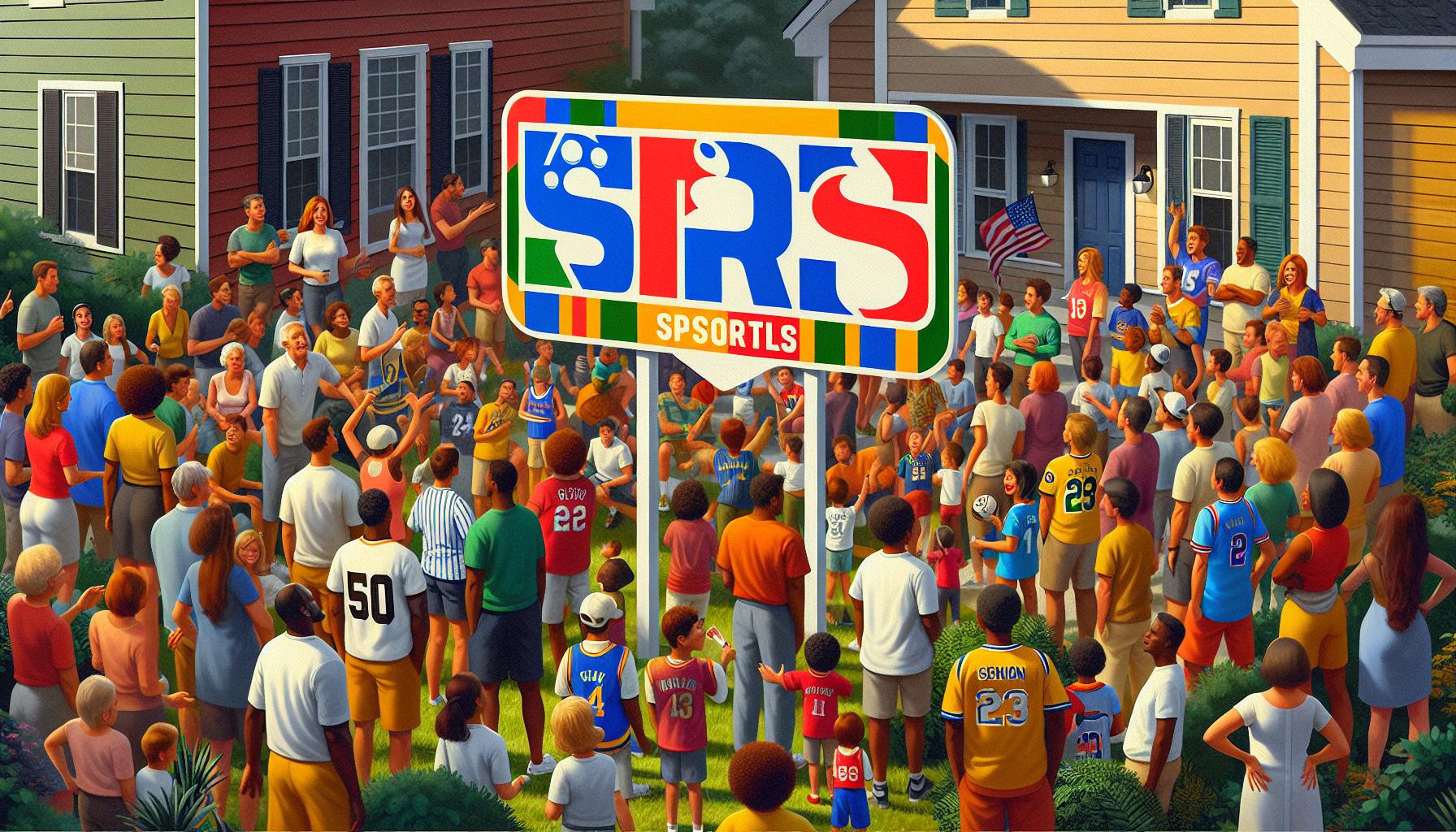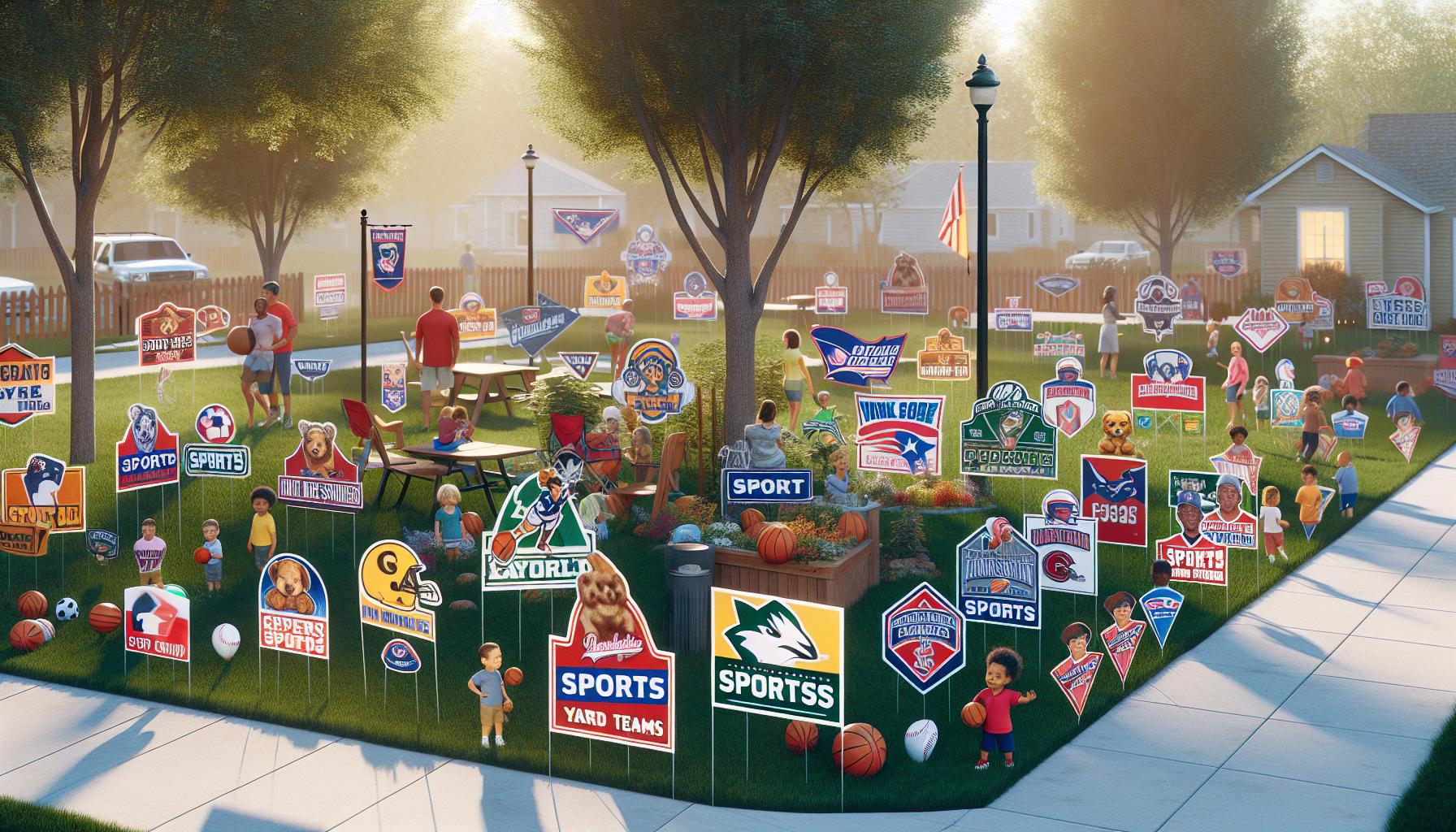“
Key Takeaways
- Definition of Queer Cinema: Queer cinema includes films that represent LGBTQ+ themes and characters, playing a crucial role in normalizing these identities in mainstream media.
- Historical Evolution: The genre has evolved from early underground films to mainstream successes, with landmark movies shaping societal perceptions of LGBTQ+ identities.
- Representation Matters: Analyzing the representation of LGBTQ+ characters in films reveals their complexities and challenges stereotypes, fostering empathy and understanding among viewers.
- Thematic Depth: Queer movies often explore themes such as love, identity, and societal conflict, providing rich narratives that challenge heteronormative expectations.
- Impact on Society: Queer films significantly influence cultural perceptions and advocacy efforts, driving conversations around acceptance and inclusivity in society.
- Analytical Techniques: Effective analysis of queer films involves examining narrative structure, visual storytelling, and character development to uncover deeper meanings and cultural significance.
Queer cinema has emerged as a powerful medium that challenges societal norms and explores the complexities of identity, love, and belonging. Through vibrant storytelling and unique perspectives, these films often reflect the struggles and triumphs of LGBTQ+ characters, inviting audiences to engage in deeper conversations about representation and acceptance.
Analyzing queer movies goes beyond mere entertainment; it uncovers layers of meaning and cultural significance. From groundbreaking classics to contemporary masterpieces, each film offers a lens into the diverse experiences within the queer community. By examining themes, character arcs, and cinematography, one can appreciate the artistry that brings these narratives to life and understand their impact on society.
Queer Cinema Analysis
Queer cinema serves as a vital lens through which to explore diverse narratives around LGBTQ+ experiences. This genre not only challenges societal norms but also enriches the film landscape by promoting discussions on identity and representation.
Definition and Importance
Queer cinema encompasses films that explicitly represent LGBTQ+ characters, themes, and experiences. This genre plays a crucial role in normalizing LGBTQ+ identities in mainstream media. By showcasing authentic stories, these films foster empathy and understanding while advocating for acceptance. Queer cinema also influences culture by challenging stigmas and encouraging broader visibility of marginalized communities.
Historical Context
Queer cinema has evolved significantly since its inception. Early representations often appeared in underground films during the 20th century, characterized by limited visibility and often negative portrayals. The 1960s and 1970s marked a shift, as filmmakers began to embrace more explicit expressions of queer identities. Landmark films such as The Boys in the Band (1970) and Paris is Burning (1990) further explored the complexities of LGBTQ+ life. The 21st century brought increased inclusivity, with numerous mainstream films, like Moonlight (2016) and Call Me by Your Name (2017), gaining critical acclaim and recognition, reflecting a broader acceptance of queer narratives in cinematic history.
Key Elements of Queer Movie Analysis
Queer movie analysis focuses on crucial aspects that reveal the depth and impact of LGBTQ+ narratives in cinema. Essential components include representation and thematic exploration.
Representation of LGBTQ+ Characters
Representation of LGBTQ+ characters plays a significant role in queer cinema. These characters often reflect diverse experiences within the community, showcasing a range of identities, orientations, and backgrounds. Analyzing how films portray these characters exposes the complexities of their lives, challenges societal stereotypes, and highlights issues of marginalization and acceptance. Films such as “”Moonlight”” and “”Pride”” serve as prime examples, depicting multifaceted LGBTQ+ characters whose stories resonate with audiences. Evaluating casting choices and the presence of LGBTQ+ actors also adds insight, as authentic representation fosters a deeper connection between viewers and characters.
Exploration of Themes and Motifs
Exploration of themes and motifs further enriches queer movie analysis. Common themes include love, identity, and conflict, often set against the backdrop of societal norms. Queer films frequently challenge heteronormative narratives, presenting different forms of love and relationships. Movies like “”Carol”” and “”The Handmaiden”” emphasize the emotional struggles of their characters, unveiling the intricacies of desire and societal expectations. Motifs such as gender fluidity, communal unity, and the quest for self-acceptance recur throughout queer cinema, reinforcing the significance of these narratives in broader cultural conversations. Analyzing these elements provides deeper insights into the artistic choices filmmakers make to convey their messages.
Noteworthy Queer Films
Queer cinema includes a range of films that significantly impact culture and society. These films challenge norms, spark conversations, and represent diverse LGBTQ+ experiences.
Landmark Titles
Landmark titles in queer cinema laid the groundwork for future narratives, shaping societal perceptions.
- The Boys in the Band (1970): This film confronted the realities of gay life in a time of oppression. Its exploration of identity and social dynamics challenged audiences.
- Paris is Burning (1990): A documentary that showcased ball culture in New York City, it highlighted issues of race, class, and gender, granting visibility to the LGBTQ+ community.
- Brokeback Mountain (2005): This film presented a poignant love story between two men, earning critical acclaim and mainstream recognition for its emotional depth.
- Milk (2008): A biopic of Harvey Milk, it emphasized the fight for LGBTQ+ rights and representation in government, inspiring activism and awareness.
Contemporary Classics
Contemporary classics represent the evolving landscape of queer cinema, showcasing diverse voices and experiences.
- Moonlight (2016): This Oscar-winning film chronicles a young Black man’s journey of self-discovery and acceptance amidst societal challenges. Its narrative complexity reflects the intersection of race and sexuality.
- Call Me by Your Name (2017): Set in Italy, it captures a summer romance between two young men, exploring themes of love, desire, and heartbreak beautifully.
- Portrait of a Lady on Fire (2019): A French film that depicts the forbidden love between an artist and her subject, emphasizing themes of agency and emotional intimacy.
- Pride (2014): This film tells the true story of LGBTQ+ activists who supported striking miners in 1984 Wales, illustrating solidarity and community in times of struggle.
Techniques for Analyzing Queer Films
Analyzing queer films involves understanding their narrative structure and visual storytelling. These techniques reveal how filmmakers communicate themes, emotions, and messages.
Narrative Structure
Narrative structure plays a crucial role in storytelling within queer cinema. An analysis may focus on the following elements:
- Character Arcs: Examine the development of LGBTQ+ characters throughout the film. Look for growth or change that reflects personal or societal struggles.
- Plot Points: Identify key events that drive the narrative forward. Analyze how these moments address or challenge heteronormative expectations.
- Point of View: Consider whose perspective the story is told from. A film narrated through an LGBTQ+ lens often highlights unique cultural experiences and insights.
- Themes: Explore recurring themes, such as identity, love, and conflict. Note how these themes intertwine with character journeys to enhance emotional resonance.
Visual Storytelling
Visual storytelling significantly enhances the narrative in queer films. Key aspects to analyze include:
- Cinematography: Look at camera angles, lighting, and color palettes. These visual choices can convey mood and emotional depth, reinforcing the film’s themes.
- Symbolism: Identify symbols present in the film, such as colors or objects, that carry deeper meanings related to LGBTQ+ culture or identity.
- Editing Techniques: Assess how pacing and transitions affect the storytelling. Quick cuts may create tension, while slow transitions can evoke contemplation or intimacy.
- Body Language and Expression: Observe character interactions and physical expressions. Non-verbal cues often communicate complex emotions and relationships that words may not fully capture.
Employing these techniques allows for a comprehensive analysis of queer films, revealing their artistic significance and cultural statements.
Impact of Queer Movies on Society
Queer movies significantly influence societal norms and perceptions. These films not only showcase LGBTQ+ experiences but also drive essential conversations surrounding representation and acceptance.
Cultural Shifts
Cultural shifts often arise from the portrayal of LGBTQ+ identities in cinema. Films such as “”Brokeback Mountain”” and “”Moonlight”” challenge traditional narratives, prompting viewers to confront their biases and expand their understanding of love and identity. The visibility of queer narratives fosters environments where discussions about gender and sexuality flourish. Documentaries like “”Paris is Burning”” highlight the intersectionality within queer communities, encouraging audiences to explore diverse representations. Through these shifts, queer films contribute to broader movements towards inclusivity and acceptance in society.
Advocacy and Awareness
Queer films serve as powerful tools for advocacy and awareness. Titles like “”Milk”” and “”Pride”” spotlight historical struggles and triumphs within the LGBTQ+ movement. These narratives raise awareness about issues such as discrimination and systemic inequality, inspiring activism and change. Films often foster empathy by illustrating personal stories that resonate with audiences, encouraging them to engage with LGBTQ+ rights and initiatives. The combined impact of storytelling and representation in film cultivates a more informed public, driving societal progress toward equality and understanding.
Shaping Societal Perceptions And Fostering Acceptance
Queer cinema plays a crucial role in shaping societal perceptions and fostering acceptance. By exploring diverse narratives and challenging traditional norms, these films create spaces for empathy and understanding. They not only highlight the complexities of LGBTQ+ experiences but also contribute to broader discussions about identity and love.
The artistic choices in queer films enhance their cultural significance, allowing audiences to connect deeply with the characters and themes. As the landscape of queer cinema continues to evolve, it paves the way for more inclusive storytelling that reflects the richness of human experience. Through their powerful narratives, queer films inspire advocacy and drive societal progress toward equality.”


